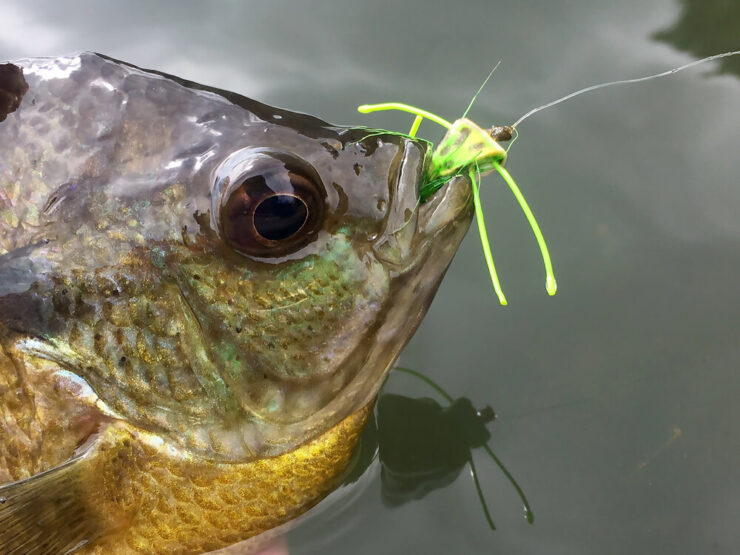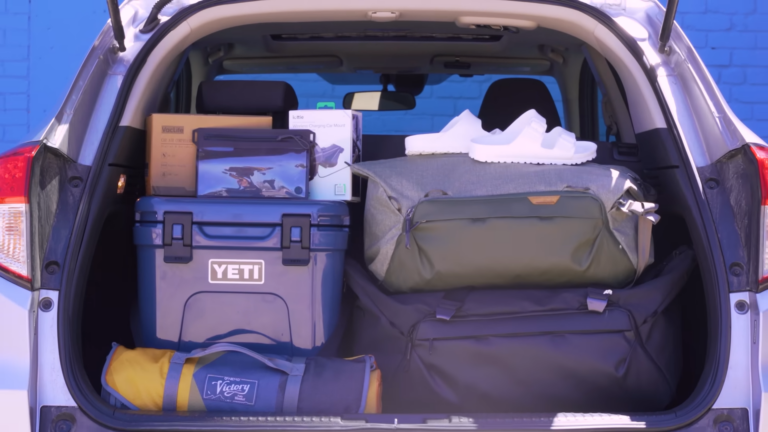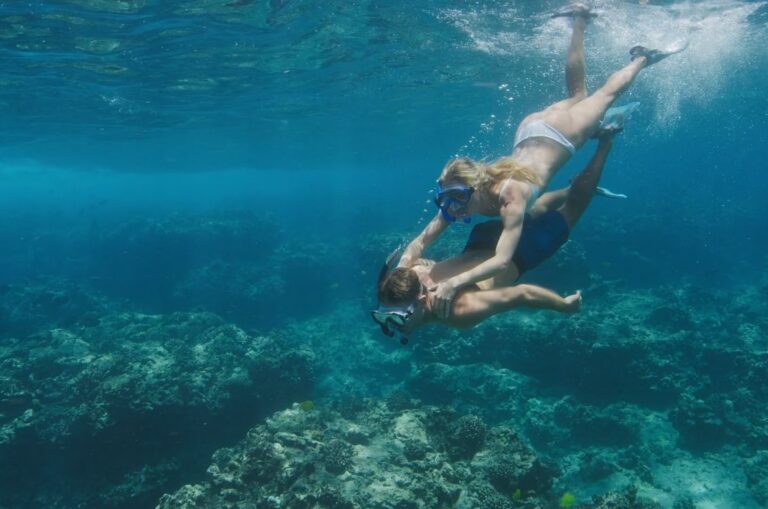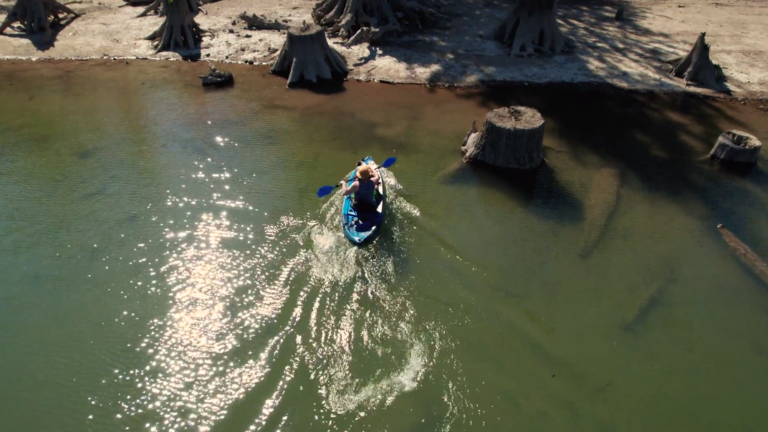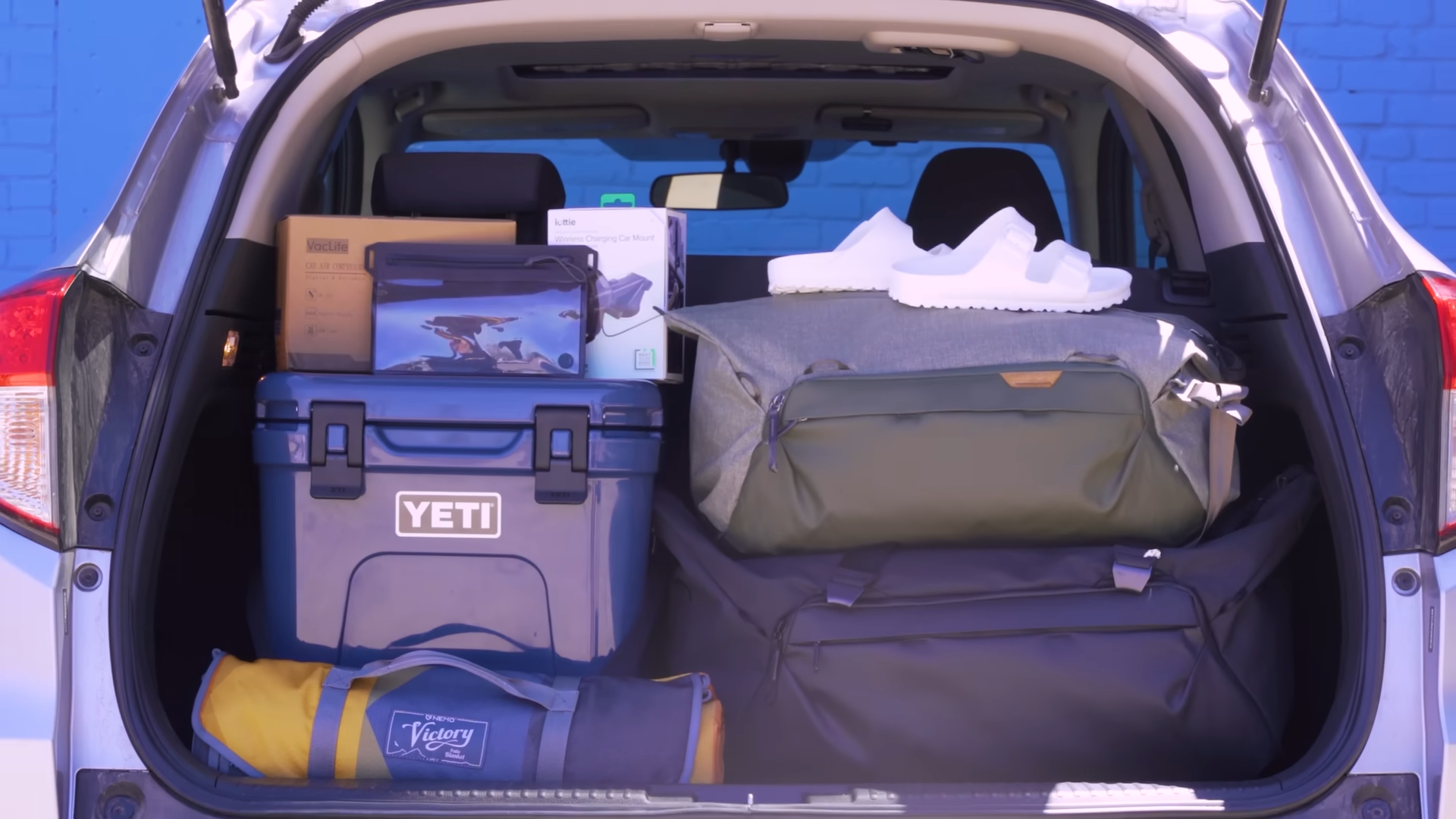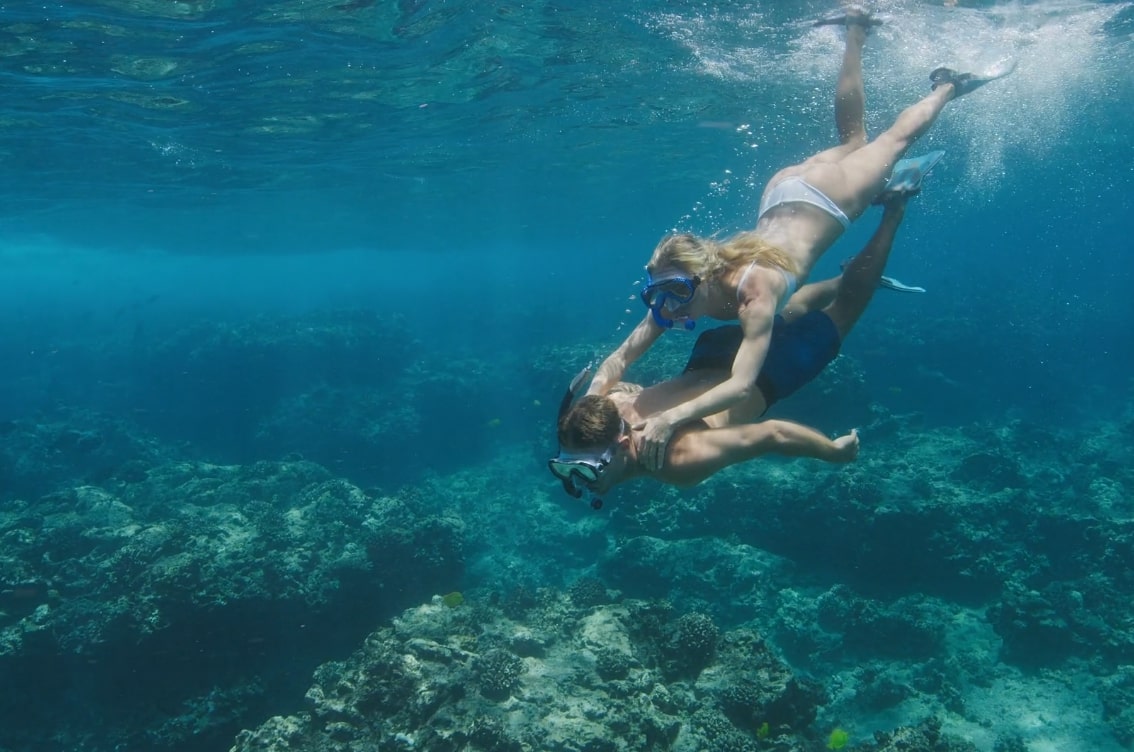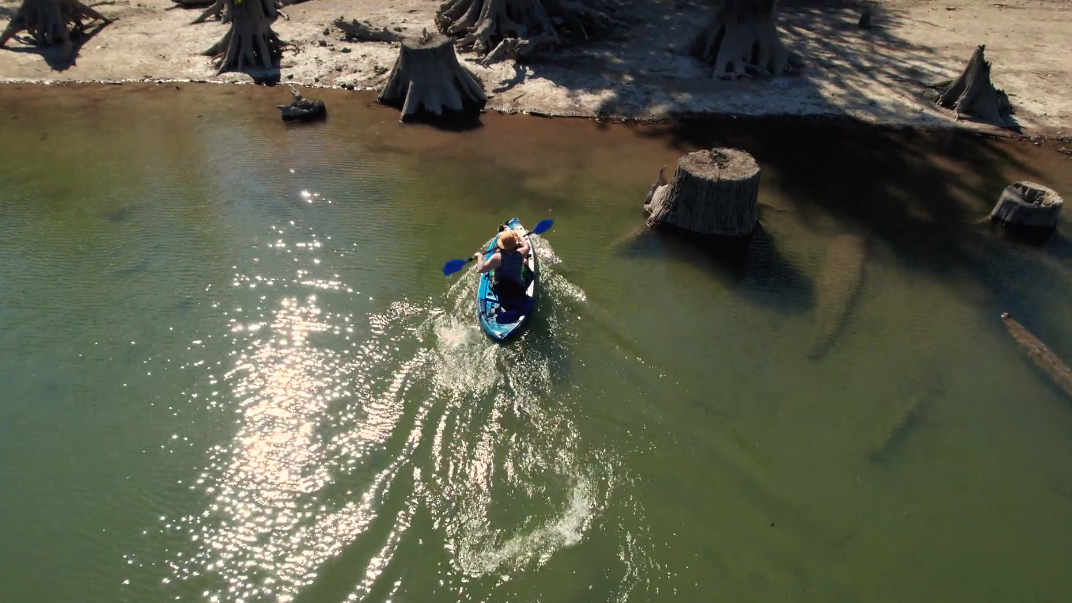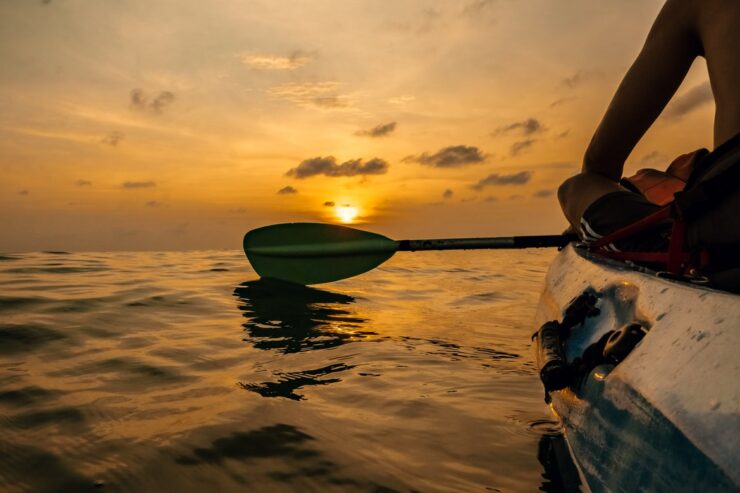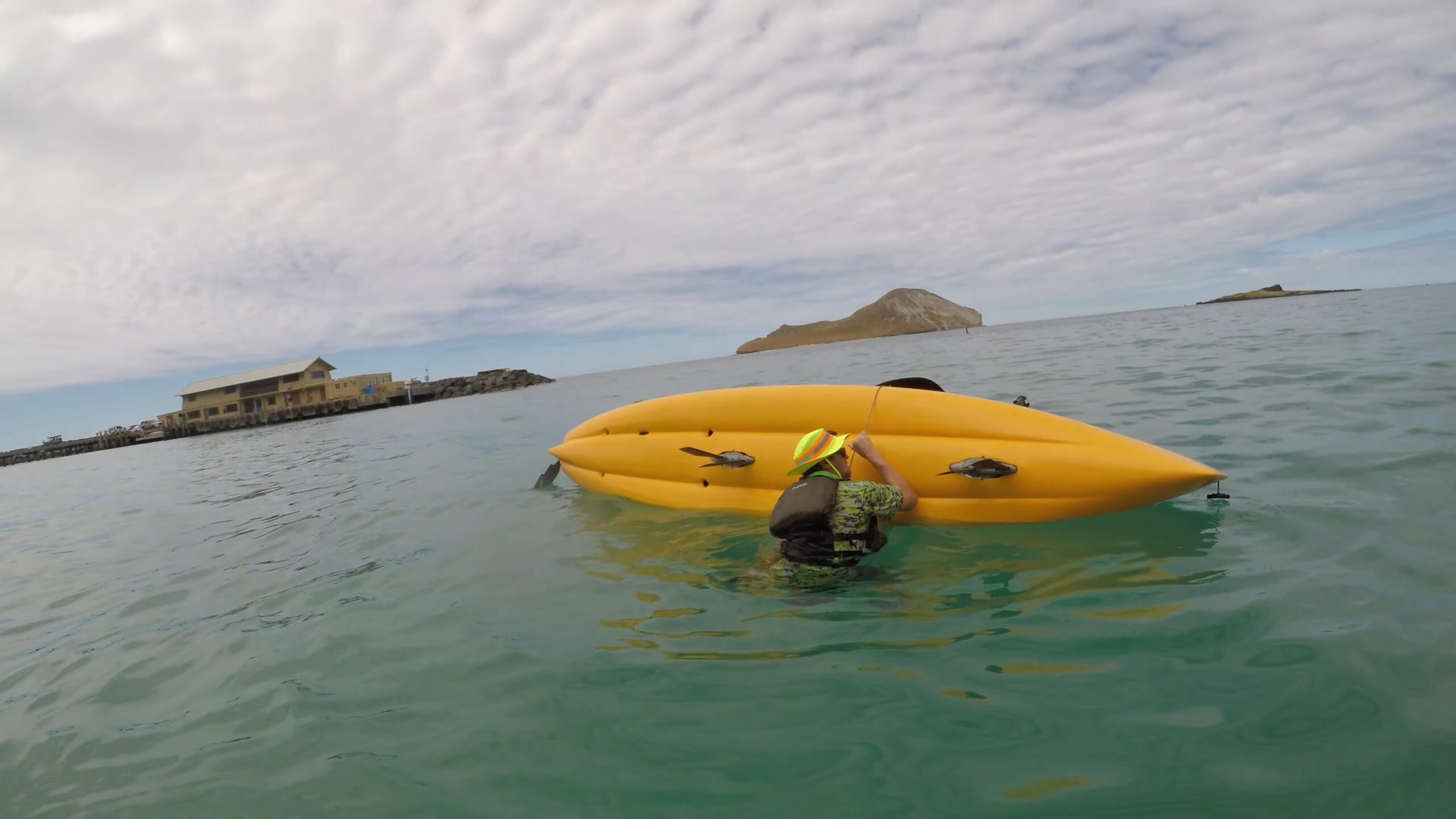There are so many fly patterns on the market. You can purchase them in many places including eBay, Cabela’s, Academy Sports, Bass Pro Shops, and even Walmart. There are literally thousands and thousands of fly patterns out there, and new ones are crafted on a daily basis by tyers like myself.
But do you need that many patterns? The answer is a resounding, “No!”.
Table of Contents
ToggleWhat Are The Best Fly Patterns?
You can catch just about anything that swims in freshwater anywhere in the world with just 5 great patterns in a few sizes and color combinations.
You can catch most salt-water species with just 4 or 5 more patterns.
Here is a run-down of the Best Fly Patterns modern fly anglers need to have in their fly box for most average fishing situations. Bear in mind, these are my own opinions, and others may disagree to a certain extent.
But I think most experienced fly casters will agree that these are all the top 5 patterns every fly angler needs to have, even if they are not their absolute favorites.
As an added bonus, if you are not a fly fisherman most, if not all of these patterns can be tied as jigs as well. I have purposely left out classic fly patterns like the Adams, and Hares Ear Nymph because they are too trout-specific. These patterns all catch multiple species.
So, without further ado, here are my picks for the top 5 fly patterns every angler needs:
1. Wooly Bugger
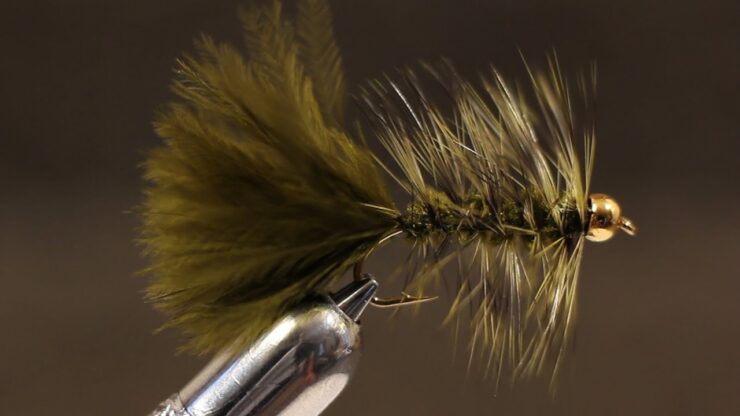
The Wooly Bugger is probably the most popular fly in the world. The reason is that it is arguably one of the most productive flies ever created. It is so productive that many have advocated that it’s use be banned, at least in some areas. They were probably not serious, but it does give a solid testament as to how good this fly pattern is.
It will catch any freshwater fish in any water, anywhere in the world. You may have to play around with size and colors to match particular species, but it almost always works. It can swim, it can hop along the bottom, it can be fished vertically, in tandem, and even on a Drop-Shot rig. It can go deep, shallow, in warm water, cold water, and I have even caught inshore fish off the coast of Florida with it. It is actually great flats fly. I’ve caught black bass, panfish, crappie, white bass, pike, trout, striped bass and hybrids, carp, and even a few catfish with one. I have never used it for salmon, but I suspect it would work for them as well.
I have vertically fished the Wooly Bugger through the ice with great results on yellow perch. You can tie it hook-up or hook-down, make it weedless, weighted, unweighted, weight forward, weight amidships or rear-weighted. It can even be fished with a spinning rod and Carolina Rig on light gear.
What does a Wooly Bugger imitate? It can imitate any number of underwater invertebrates, crawfish, and even baitfish, depending on the size, colors, and how you fish it. There is no wrong way to fish this pattern. It can be, and is, tied in hundreds of variations. It is quick, inexpensive, easy to tie, and lends itself to any customization you wish to try. If you could only have one lure to fish with, this is it.
So how did this secret weapon come to be? In 1967, a Pennsylvania angler named Russell Blessing experimented with variations of an old 19th Century pattern called the Wooly Worm, itself a variation of an even older 17th Century pattern called the British Palmer Fly. He was trying to create a workable imitation of the helgramite (Dobson Fly nymph stage) for smallmouth bass. It was almost supernaturally effective, and he fished it around. It was named the Wooly Bugger by his 7 year-old daughter, Julia.
Word got out very quickly, and by 1970, it was the pattern to have on the water. That has never changed. It is so easy to tie that it is often the first pattern a new tyer learns, and it could be argued that it is really the only pattern you need to learn.
There are too many variations to give tying instructions here, but a simple Google check will yield hundreds of step-by-step recipes. My favorite is YouTube, so you can watch someone actually tying the pattern. Any list of the top 5 fly patterns every angler needs to have that does not include the Wooly Bugger is suspect.
2. Clouser Minnow
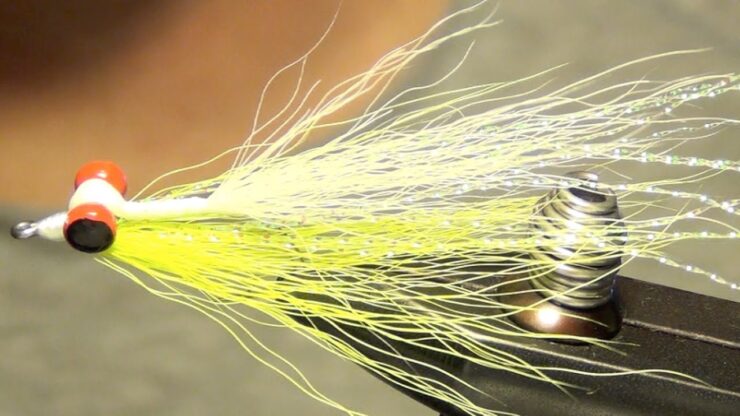
In 1987, a creative fly shop owner named Bob Clouser revolutionized fly fishing in 1987 by creating the Clouser Minnow (it was named by fellow angler and fly fishing legend Lefty Kreh, in honor of its creator…). He was trying to develop a new pattern for smallmouth bass on the Susquehanna River, near Harrisburg, Pa.
He wanted something that closely imitated the swimming action of a fleeing baitfish, He was wildly successful, and now, it is second (or equal to, depending on who you talk to…) only to the Wooly Bugger for fish-catching ability.
It will catch any fish that eats baitfish, in fresh or saltwater, and even some that don’t usually eat other fish.
I have seen claims on the internet that some anglers have caught more than 100 different species on this pattern. I think that may be a record for the most species caught on a single pattern, slightly edging out the Wooly Bugger. It is very easy and fast to tie, and once again, YouTube is probably the best place to go to learn how to tie this fly.
I personally have caught black and white bass, striped bass, pike, catfish, Rainbow and Brown trout, Steelhead, mackerel, Bonita, dorado (Mahi Mahi), and even a small hammerhead shark on Clouser minnows. This has definitely earned its place among the top 5 fly patterns every angler should have.
3. Chernobyl Ant
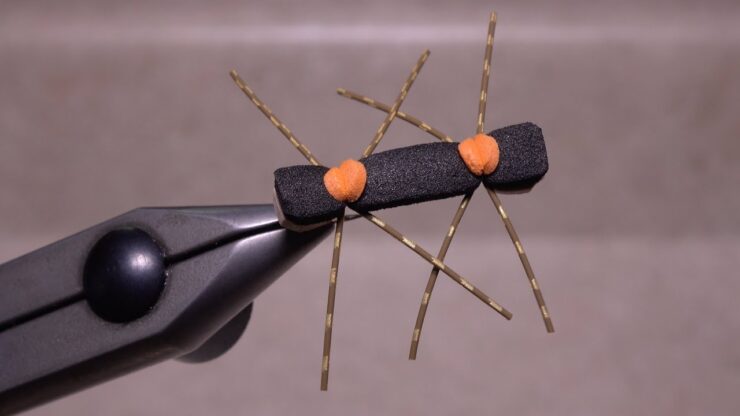
The invention of closed-cell foam has done more for fly tying than anything except the invention of the hook. Countless patterns are being made from it, and they are outstanding to fish with. They never sink, are incredibly durable, easy to tie, float nice and high where you can see them, and catch fish like crazy. On the list of top 5 fly patterns, the Chernobyl Ant definitely deserves a close 3rd place to the Wooly Bugger and the Clouser Minnow.
Fish get over 60% of their food below the surface, but when they are dining on top, this is the fly to have.
In the 1990s, a group of anglers in Utah began to try and come up with a better imitation of the large black crickets that the local fish were so fond of. They were trying to make a pattern that really looked like a cricket from underneath, yet was easy to see on the water.
Many great patterns resulted from this, such as the Ninja Mutant Cicada, but a creative fisherman named Allan Woolley took some of the best features of other flies, used closed-cell foam and rubber legs, and created the Chernobyl Ant. The fly got its name from fellow angler Mark Bennion.
Around the campfire (while probably thinning out the herd of beer cans in the coolers…), Woolley was asked what the name of the fly was, and he replied, “It’s just an ant.” Bennion replied, But it’s a Chernobyl Ant…”. The rest is history.
From underneath, it really does look and move like a real cricket or grasshopper, depending on what colors you tie it with. And by simply varying the size and colors, it can imitate anything that lives in, on, or near the water. Bluegills, black bass, trout, and even carp attack this fly with murderous abandon. It is without question, the No. 1 topwater fly to use, and is absolutely one of the top 5 fly patterns everyone should have in their arsenal.
4. Topwater Poppers
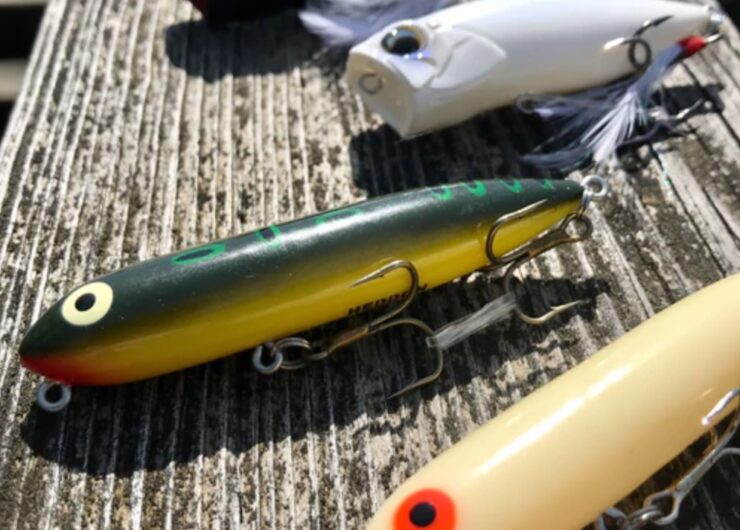
Fly rod poppers have been around for a long time, and are still one of the top 5 fly patterns you should have. Seminole Native Americans had been documented using handlines and “bobs” which, by their description, were poppers, way back in the 18th century.
Legendary fly fishing writer Ray Bergman could possibly be credited with being one of the first to use these ‘bobs’ on a fly rod in the early 20th century. From the 1960s on, they have been popularized by fishing legends like Dave Whitlock, Tom, Bob McNally, Nick Lyons, and Tom Nixon.
Poppers are easy to craft, using deer body hair, old wine bottle corks, closed-cell foam, balsa wood, and even old shower shoes.
You can tie them big for bass, and saltwater, or small for sunfish and trout.
Paint them like frogs, bugs, and even like some things that have probably never existed outside of nightmares. They can have hackle, as many rubber ‘legs’ as you want, and be any shape. And they catch fish anytime they are feeding on the surface. You can see how to craft them on any one of the dozens of YouTube videos that praise them. Another of the Big 5 top fly patterns every angler needs.
5. The Spider
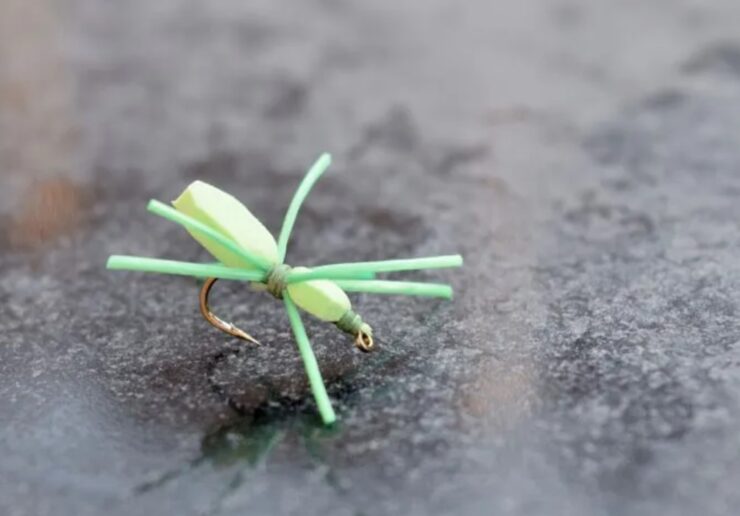
Spider patterns have been around for a long time and were originally a variation of fur ant patterns dating from the 1800s. They were a soft-hackled wet fly. The advent of closed-cell foam eventually made its way to the fly tying bench, and the floating foam spider was born.
No one really knows when the Foam Spider was invented, but I know for a fact they were around in the 1960s because I used them myself back then.
They were, and still are, the #1 Go-To fly for big bluegills, other sunfish, and easily make the list for the 5 best fly patterns you can’t go without.
They are almost foolproof, tough, and easy to tie. The common idea is that green with white rubber legs is the best color combination, but I have caught huge bluegills in all colors. My favorite is a black body with black legs, and a red midsection to mimic a Black Widow spider.
What Can You Target With Those Fly Patterns?
Even in the 21st Century, fly fishing is still inextricably linked to trout and salmon fishing. Certainly, it has a long and distinguished history as such. In the beginning, and for a long time, these were the only species the gear of the time could handle. Even a modest bass could destroy a delicate horse-hair or silk line, and bamboo rods can be broken very easily, as anyone (like myself) who has ever had a beautiful antique rod destroyed, can tell you.
There is also a certain aura of romance that goes along with wading beautiful streams in search of the wary rainbow and brown trout.
But times have changed. With the modern fly rod and lines, any species that swim is now a legitimate target, including sharks, marlin, tarpon, and other piscatorial heavyweights.
Landlocked stripers on a fly rod are every bit as much sport as their coastal brethren, and are often referred to as the” Poor-Man’s Salmon”. Fly fishing for black bass almost has a cult following.
My DIY Slow-Sinking Pattern
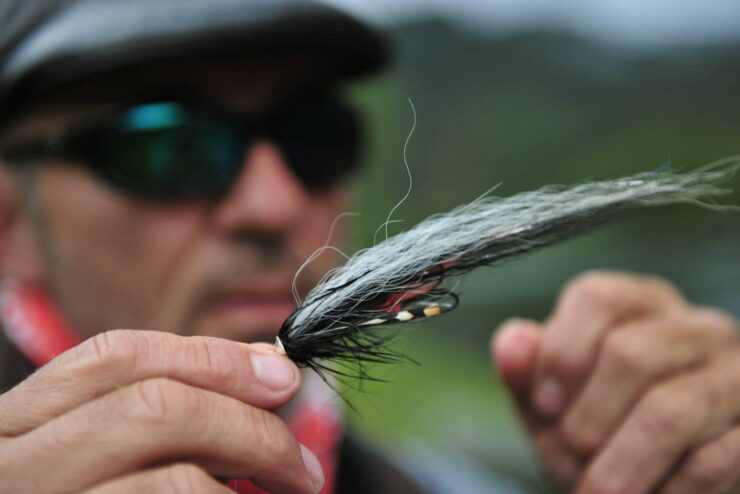
I have developed a slow-sinking pattern that outfishes any other I have used, and it is so simple, anyone could craft one.
Walmart sells little furry Pom Pom balls in the craft section, I guess for making dolls and things. I use the ¼” size for the head and the ½ ” size for the abdomen. You don’t need a thorax. Fish never took biology classes.
I make them in black, brown, and green. I use rubber legs with stripes, available at almost all stores that sell tackle. They are used for skirts on spinnerbaits.
To make the fly:
- Just slap a wet fly hook, usually a size 8 or 10, in any old fly tying vise.
- Coat the hook shank with Sally Hansen’s Hard as Nails polish.
- Wrap black thread on the shaft, whip finish, and cast off.
- Next, thread the small pom on the hook and run it close to the head. Place a small drop of Super Glue where you want the head to be and immediately slide the pom over the drop. Let it set for a minute.
- Cast the thread back onto the hook shank near the middle.
- Cut two lengths of the rubber legs to about double the length of the hook shank.
- Tie one on each side of the shank, in the middle so you have two legs on each side. Trim them to the length you want and place a small drop of Super Glue on the threads of each tie-in point.
- Thread the larger pom up the shaft to just short of where you want it. Don’t get too close to the legs, so that they will move freely in the water.
- Place a small drop of Super Glue where you want the abdomen to be and immediately slide the pom over the drop.
- Finis…..Time to go fishing.
Conclusion
Another improvement is the fact that modern materials and production techniques have resulted in lowering the costs to the point that anyone can afford to fly fish now. You can get a perfectly good fly rod and reel set, all ready to fish, even with an included set of flies, for under $30.00 (US).
Is it top-quality? Of course not, but it is very fishable.
I have a few myself. You don’t need a $1000.00 rod just to catch bass and bluegills (or trout, for that matter….). A $40.00 combo works just fine. In fact, one of my favorite rods is my Eagle Claw yellow 5 wt. with a real cork handle, and a Scientific Anglers 2 reel.
It roll casts better than any other fly rod I have, including the few rather pricy ones. There is nothing wrong with inexpensive fly rods and combos. The only thing you may lose is a little prestige among fly fishing snobs and die-hard purists.
Do you agree, or disagree with my 5 picks? We love to hear from you and your nominations for the lists are welcome. Check back with us often for updates.
Until then, Happy Fishing!
Meet Maria Alexander, the fearless adventurer steering the ship at KayakPaddling.net. Her mission? To convince you that life’s too short for dry land and that the best stories always start with “So there I was in my kayak…”
Related Posts:
- 16 Best Kayak For Beginners 2024 - Kayaking Adventure Gear
- Heavy Duty Fishing: 11 Best Rods And Reels For Big Fish 2024
- 12 Best Beach Wagons & Carts 2024 - For All-Terrain
- 12 Best Fishing Lures Ever 2024 - Baits That…
- 10 Best Fish Finders Under $200 2024 - Top Affordable Picks
- 12 Best Motorized Kayak 2024 - Start Your Aquatic Adventure!

